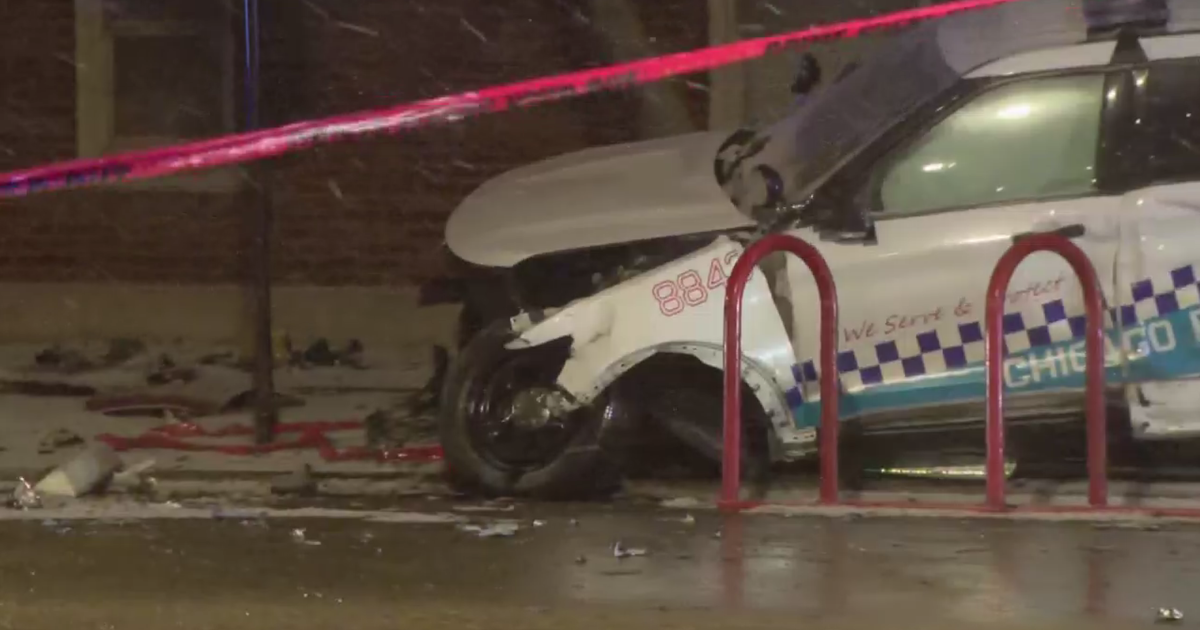Forgotten Treasures: NYPD Unearths Over 100 Years Of Photos Documenting NYC's History
NEW YORK (CBSNewYork) – Presidential appearances, mug shots from the turn of the century, Neil Armstrong and Buzz Aldrin at the Apollo 11 ticker tape parade in 1969.
"You won't see these images anywhere else. They've just been down here and recently unearthed," NYPD senior photographer Kristina Fetkovich said.
CBS2 went down to the basement of police headquarters, where the NYPD photo unit has rooms of boxes and file cabinets – filled with departmental photos from the 1800s to today.
"This is where some of our stuff from the 90s and 80s is. So if you go in these file cabinets you'll find they're getting rusty and dusty, but in these envelopes you'll have some event information and the negatives are inside," Fetkovich said.
Once responsible for photos of every crime scene, the unit is now mainly tasked with documenting officers' day-to-day activities.
"These archival boxes are literally treasure chests of photographs," NYPD Sgt. Michael Devine said.
Over the past year, they've started digitizing these decades worth of film.
"We only got the server space a year and a half ago… before that that was our limitation. We didn't have anywhere to save these files," Fetkovich explained.
"You'd have to go back to that physical cabinet look in the drawer to retrieve it again."
Carefully scanning and saving each negative is tedious and time consuming.
"Two weeks ago we donated our first set of digitized boxes to the municipal archive and that was 14 banker's boxes full."
That was 65,000 frames and that only spanned four years!
"How long do you think all this is going to take?" CBS2's Ali Bauman asked.
"It might take twenty years," the senior photographer said.
Eventually the goal is to give all of them to the city archives.
"They'll be available online to anyone and they can even purchase a copy," Devine added.
Sgt. Devine has started posting some of these photos to the NYPD's social media; like one of Babe Ruth and Lou Gehrig playing baseball with police.
"At the end of the day it's all about the human connection… If I can use photographs to connect with the public we serve ultimately it's for the greater good," Devine said.
"Why not just throw them all out?" Bauman asked.
"Because they're beautiful and they're relevant. Even if you're looking at something like a building in New York you see the presence of people all around it. It's not nature photography, it's soaked in humanity. I think you just learn more about the human experience," Fetkovich said.
Buried in the basement – forgotten photographs are now slowly coming back to life.









